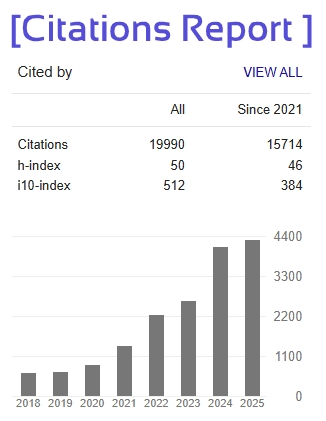Detection and Classification of Pneumonia Using Explainable AI
Kalakuntla Venugopal Rao1, Vishwanatha Sai Krupa Rani2, Madishetty Gaurav3, Chinni Avinash Reddy4, Mohammed Nawaz Ullah Farooqui5, Poloju Gyaneshwara Chary6
1Electronics and Communication Engineering, Jyothishmathi Institute of Technology and Science
2 Electronics and Communication Engineering, Jyothishmathi Institute of Technology and Science
3 Electronics and Communication Engineering, Jyothishmathi Institute of Technology and Science
4Electronics and Communication Engineering, Jyothishmathi Institute of Technology and Science
5Electronics and Communication Engineering, Jyothishmathi Institute of Technology and Science
6Electronics and Communication Engineering, Jyothishmathi Institute of Technology and Science
Abstract - Pneumonia continues to pose a significant public health threat, particularly among vulnerable populations such as children, the elderly, and individuals with compromised immune systems. Early and accurate diagnosis is critical for effective treatment and the prevention of severe complications. While chest X-rays are a standard diagnostic tool, their interpretation is often subjective and reliant on the expertise of radiologists, leading to potential delays and inconsistencies. To address these challenges, this study presents a deep learning-based model augmented with explainable artificial intelligence (XAI) for the automated detection of pneumonia in chest radiographs. The proposed system integrates interpretability techniques—Grad-CAM, LIME, and SHAP—to provide visual explanations of the model’s decision-making process. By highlighting the specific regions of interest that contribute to the diagnosis, the system enhances transparency, fosters trust among medical professionals, and supports clinical decision-making. The model achieved high accuracy in detecting pneumonia and demonstrated practical utility in clinical settings, offering a reliable and interpretable solution to improve diagnostic workflows.
Key Words: – pneumonia, chest X-ray, deep learning, convolutional neural network, Grad-CAM, VGG-19







